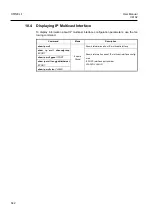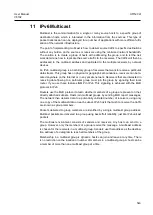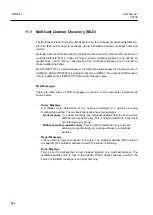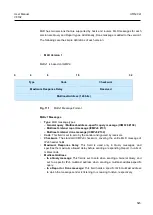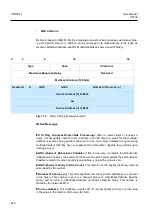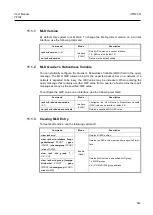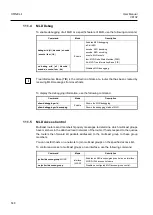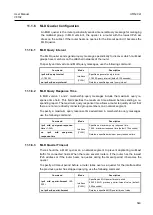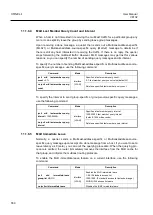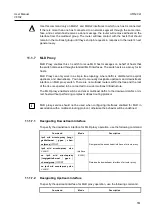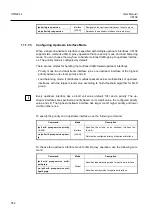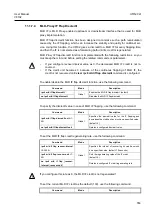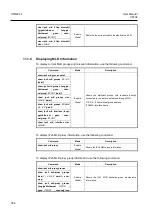
UMN:CLI
User Manual
V8102
540
to 239.255.255.255 (224/4).
Source-Specific Multicast (SSM) is another multicast model especially for one-to-many. In
the SSM service model, receivers can receive multicast traffic by subscribing to channel
(S, G) that indicates specific source S and group G. Since SSM assumes that receivers
already know the source
’s information, no further source discovery is provided. Thus, re-
ceivers need to know the source
’s information using an out of band mechanism. The
SSM group address range is defined as 232.0.0.0 to 232.255.255.255 (232/8) by default.
10.3.4.1
PIM-SSM
PIM Source-Specific Multicast (PIM-SSM) is a subset of PIM-SM. It is much simpler than
PIM-SM, because it only considers one-to-many multicast service model. PIM-SSM only
use a shortest path tree (SPT) to deliver multicast traffic, so the PIM-SM
’s complex
mechanisms such as RP, BSR, SPT switchover and a shared tree are not necessary any
more. PIM-SSM uses the same PIM messages as PIM-SM
’s for its operation.
If all routers are configured with PIM-SM and IGMPv3, only by using the
ip pim ssm
command, PIM-SSM will be enabled. You can also define an additional SSM group other
than the default SSM group range 232/8.
To enable PIM-SSM, use the following command.
Command
Mode
Description
ip pim ssm default
Global
Enables PIM-SSM for the group range 232/8.
ip pim ssm range
{<1-99> |
WORD
}
Enables PIM-SSM for a specified group range.
1-99: standard access list
WORD: access list name
no ip pim ssm
Disables PIM-SSM.
10.3.4.2
Static SSM Mapping
The purpose of static SSM mapping is to provide SSM service on IGMPv1 and IGMPv2
messages. It means that it enables a multicast host to signal to a router which groups it
wants to receive multicast traffic from, and from which sources this traffic is expected. You
can specify a source address of multicast server to receive the multicast traffic from spec-
ified sources. If V8102 receives IGMPv1 or IGMPv2 report message from the host when
static SSM mapping is enabled, it handles as if it receives IGMPv3 report messages.
Static SSM mapping implemented for the V8102 has the following restriction, so you must
keep it in mind, before configuring static SSM mapping.
IGMP proxy and static SSM mapping cannot be enabled together. It means that SSM
mapping cannot be enabled when the system is already configured with upstream or
downstream interface with IGMP proxy feature.
Before configuring static SSM mapping, you should first globally enable SSM mapping. To
enable static SSM mapping, use the following command.
Command
Mode
Description
ip igmp ssm-map enable
Global
Enables SSM mapping for groups in a configured SSM
range.
!

















